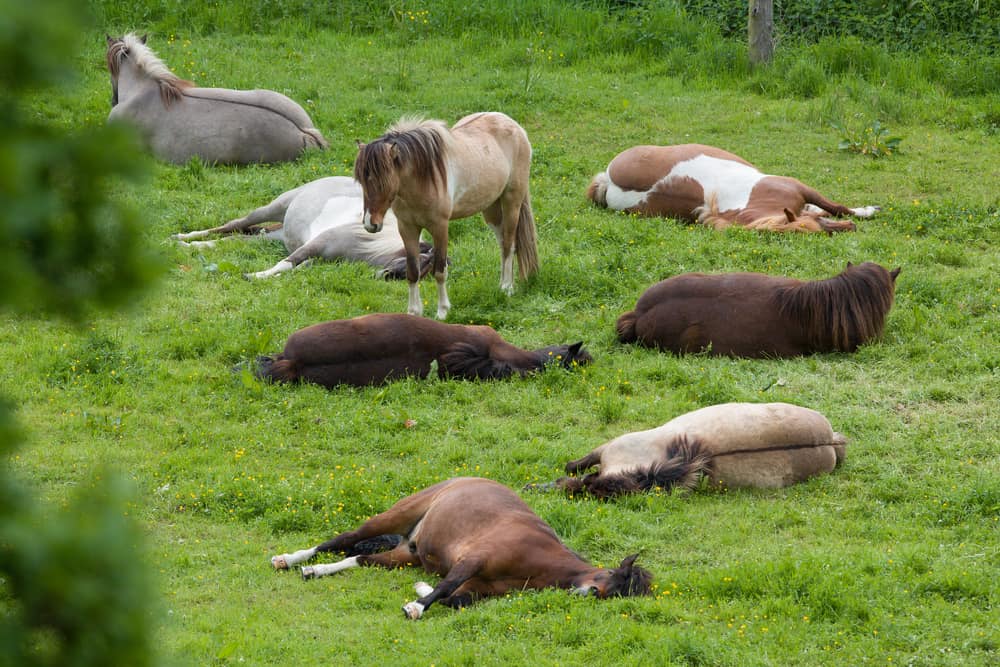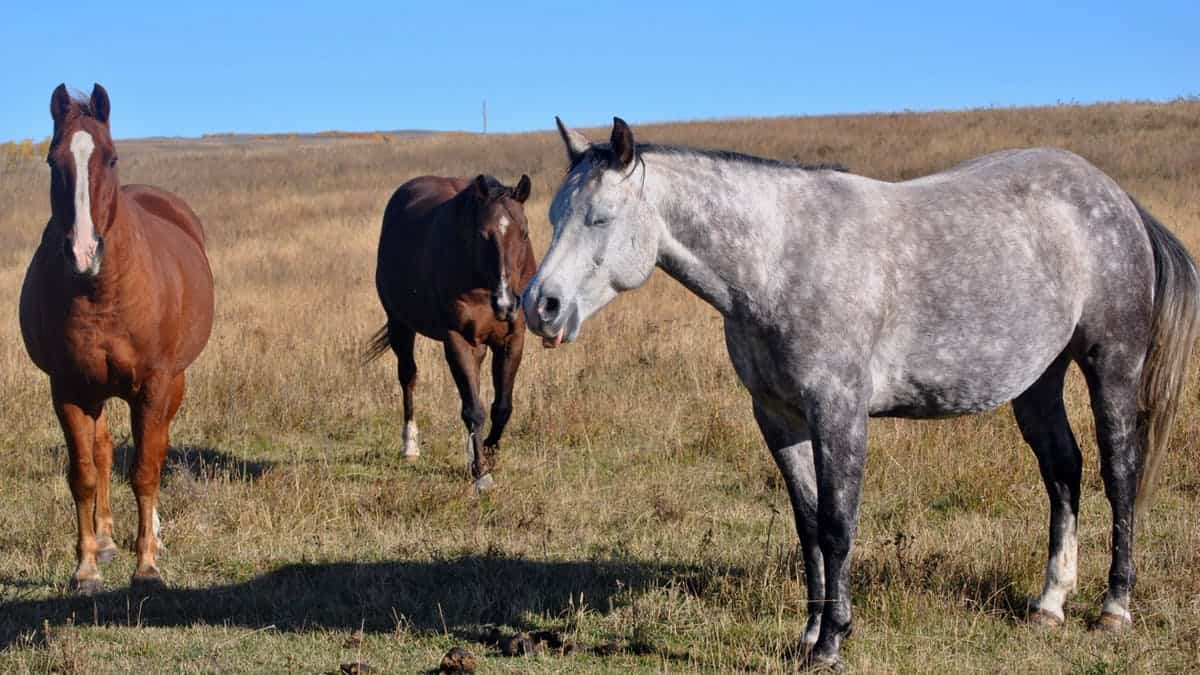As humans, we understand the importance of sleep. Many animals have unique sleeping habits. Both land and sea creatures enjoy a good nap now and then. However, in their natural habitats, they don’t have the luxuries of a sleeping mask or soothing sleeping sounds to help them relax. Instead, it can be incredibly challenging to find the right time and the right place to take a break and catch up on their sleep. Wild sea and land animals have to consider many factors that humans do not while sleeping. For instance, they must be sure to find a spot and time to stay away from their predators, ensure they are doing things to keep warm and remember to breathe.
You may have many unanswered questions on how animals find a safe, comfortable place to sleep. Have you ever wondered how marine mammals sleep without drowning? Or how do some animals sleep standing up? These are all valid questions. Both land and sea animals have found creative ways to make their environment work to get the sleep they need to survive and thrive. Some of these animals have come up with unique ways to get their much-needed rest. Some sea and land creatures sleep for years, while others find themselves napping for minutes at a time. Read on to learn about some of the unusual sleeping habits of the common sea and land creatures.
22. Horses tend to sleep standing up for easy escape.

Several animals are part of this exclusive crew of standing sleepers. In addition to horses, zebras and elephants also utilize this sleeping method. Standing up helps allow them to stay alert while resting on their feet. Horses can do this by using a stay apparatus. That means their musculoskeletal system has adapted to enable them to lock their limbs in place. While they are in this stay apparatus, it does not require much muscle effort. The only downside to this adaptation is that it only allows for light sleep.

Animals such as horses do need to lie down from time to time. Since they cannot get into a REM stage of sleep while they are standing up, they do allow themselves to lie down from time to time to catch up on that deeper sleep. Horses are able to be easily awakened when they sleep standing up. It allows them to be aware of their surroundings, including if a predator comes near. The horses can sense the threat of danger and react quickly enough to survive. This action is a common sleeping habit for wild horses who face these threats regularly, but domesticated horses also sleep standing up.
